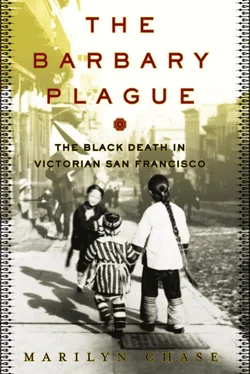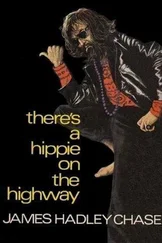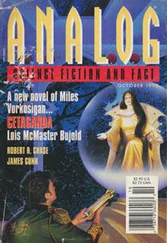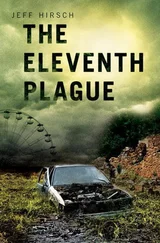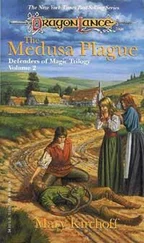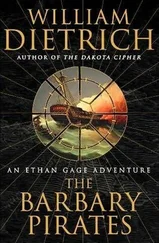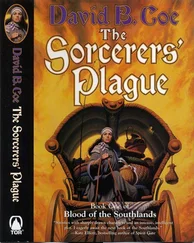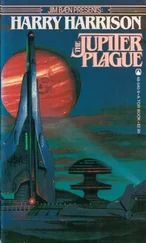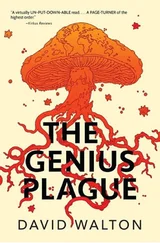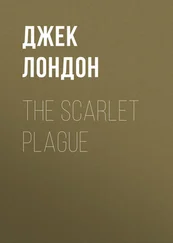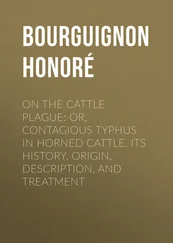On Sunday near the First Congregational Church, one might see what the writer Ambrose Bierce once witnessed: a gang of Sunday schoolers stoning a Chinese man walking on Dupont Street, until the processional hymn called them in to prayer. 14
A Chinese laundryman who went into a white saloon to play dice was stuffed into his laundry basket, thrown outside, and robbed to buy drinks for the house. When he went to court seeking justice, a lawyer and judge mocked him. The newspapers portrayed the case as low comedy and the assault as a good-natured attempt to “subdue the Chink’s luck and sporty ways.” 15
San Francisco papers pandered openly to the fears of white workers, with “Chink” cartoons depicting caricatured immigrants spouting pidgin. In popular parlance, they were “the heathen Chinee”—a phrase coined by Bret Harte in his verse “Plain Language from Truthful James,” telling of a wily gambler, Ah Sin, who hides cards up his sleeve and cheats white men out of their pay. 16Amid rising paranoia over the “yellow peril,” the caricature of the bland but cunning outsider burned its way into the psyche of Victorian San Francisco. Just as the economic depression had strangled tolerance, so disease outbreaks further fanned race resentments. Poised on the threshold of the Pacific Rim, San Francisco had always been open to imported disease. Now, in 1900, it was about to receive the most famous scourge in history.
Bubonic plague had ravaged Europe, from fourteenth-century Florence to seventeenth-century London. It smoldered along the Himalayan borderlands between India and China into the late nineteenth century. As soldiers crisscrossed the borders, they brought plague into China’s interior, where it flared to a ferocious epidemic that erupted in Hong Kong in 1894. From that port, plague embarked aboard ships sailing to many continents. Among its destinations was the city by the Golden Gate.
Plague traveled in stealth. No one yet knew how it spread. Nineteenth-century theories of its transmission focused on dirt, tainted food, and a “miasma,” or cloud of infectious vapors. In the boomtown of San Francisco, the business and political elite believed plague to be an alien scourge that would tarnish their trade and tourism. So from City Hall to the dome of the state capitol, officials dismissed the threat. The little people would die of it while the powerful debated its existence.
In 1900, the city played an active role in courting catastrophe. Like most Victorian cities, San Francisco neglected its aging sewer system, fouled its bay with garbage, and tolerated a burgeoning population of rats. Victorian cities were a petri dish for all manner of epidemics—like diphtheria, tuberculosis, and smallpox—and none more so than San Francisco. Whispers of “pesthouse” sent a stab of fear through families who never knew when their neighbors would be bundled into an ambulance buggy and carted off to an isolation ward of the county hospital. Mysterious germs, which no one but scientists could see, ran rampant until they closed throats with a white membrane, eroded lungs with coughing, or embossed faces with scars. 17
With almost a tenth of the city terraced into its twelve tiny blocks, Chinatown was especially vulnerable to disease. But sickness on Dupont Street, unlike sickness elsewhere, was viewed by city officials as a symptom of alien squalor. Whites held their noses at Chinatown’s smoky stew of scents, as if the very air were a cloud of contagion. Even in medical circles, some doctors cleaved to old notions that the poor and sick could infect others through their exhalations. Another local myth held that Chinatown’s haze—mingling temple incense, pork smokehouses, and opium vapors—was noxious to white nostrils but rendered the denizens immune to the diseases they bred. The Chinese were blamed for the crowding and dilapidation of Chinatown, even though bias barred them from living elsewhere.
For the record, City Hall had published its view of Chinatown’s health a generation earlier, in an 1885 report to the San Francisco Board of Supervisors:
The Chinese brought here with them and successfully maintained and perpetuated the grossest habits of bestiality practiced by the human race [gambling, opium, and prostitution]….[They] have innoculated our youth not only with the virus of immorality in its most hideous form, but have through the same sources physically poisoned the blood of thousands by the innoculation with diseases the most frightful that the flesh is heir to, and furnishing posterity with a line of scrofulous and leprous victims that might better never have been born than to curse themselves and mankind at large with their contagious presence. 18
Against this backdrop of blame, the new threat arrived. At first, it was only dimly perceived. Dispatches from Hong Kong told of a violent outbreak, harrowing people living a continent away. But by 1899, steamers and sailing ships were carrying the infection across the Pacific to Hawaii. Cases of fever and swollen glands, followed by a swift death, occurred in Honolulu’s Chinatown. Recognizing that plague had arrived, the city’s health department ordered that the plague houses be burned. But a freak twist of trade winds whipped the flames out of control, igniting a church steeple and throwing a fountain of sparks beyond the reach of fire hoses. Soon Chinatown was engulfed, the flames touching off explosions in fireworks sheds and reducing shops to ashes. When the smoke cleared, six thousand Chinese were homeless in Honolulu. 19
Learning the fate of their countrymen in the islands, San Francisco’s Chinese were terror-stricken. It seemed a double curse: epidemic followed by fire. But white San Franciscans felt tropical pestilence could never trouble their hometown, with its cool and misty climate. Capturing this naive optimism, the San Francisco Examiner ran a story headlined WHY SAN FRANCISCO IS PLAGUE-PROOF. 20
Safe inside their red velvet drawing rooms with brocaded curtains and satin-covered spittoons, powerful San Franciscans were certain that this Asian plague could never gain a foothold in a city that had bel canto and porcelain bathtubs. The specter of plague was like a wraith in the fog, impossible to grasp.
But plague scares had seized the city before. A year earlier, the Japanese vessel Nippon Maru reached the city after a Pacific crossing marred by two plague deaths. On entering San Francisco Bay, two Asian stowaways jumped overboard. Their bodies were fished from the cold gray swells, still wearing Nippon Maru life preservers. Doctors who performed an autopsy found suspicious-looking germs. 21
But isolating the cause of death is difficult in a decomposing corpse, where all manner of bacteria run wild. Experts disputed the stowaways’ cause of death. And the fate of the Nippon Maru —with two dead at sea and two dead in port—was soon forgotten.
On the eve of 1900, another ship appeared on the horizon: the four-masted steamship Australia , making her regular run from Hawaii to the Golden Gate. Around Christmas 1899, when San Franciscans were trimming their trees, the ship had lain at anchor in the infected port of Honolulu. Then the Australia took on cargo, weighed anchor, and made way for San Francisco.
On New Year’s Day 1900, the San Francisco newspapers noted the imminent arrival of the Australia . Stiff southwesterly winds chased the rain and scoured the skies. On January 2 she appeared, as long as a football field, knifing through the steel blue water and into the Golden Gate. She anchored at the quarantine station off Angel Island, while officers searched her from stateroom to steerage. They failed to find any traces of infection, and under constant pressure from impatient shippers, the quarantine officers had no choice but to grant her permission to land.
Читать дальше
